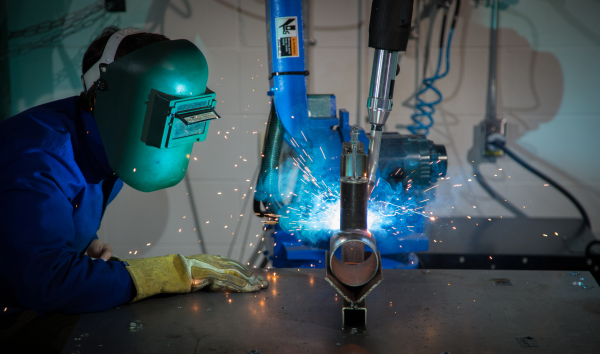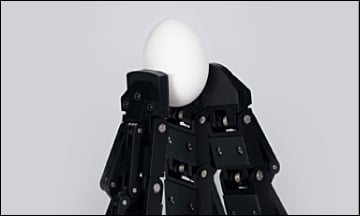SME Robotics Aims to Build the Worker's Best Friend

Posted on Apr 14, 2012 10:58 PM. 3 min read time

In Europe (just like in North America), small and medium sized manufacturers face difficult challenges. Just as high volume productions are moved to low labor cost countries to remain competitive, these manufacturers need to figure out how to remain competitive especially with their lower volume of production. Being competitive often means lowering costs and increasing quality, which can usually be achieved with robots. However, today's robots are programmed by experts, which are only affordable if the cost can be shared over a large number of units. So, the question is, how can small and medium sized manufacturing enterprises benefit from robots which meet their specific needs: easily programmable by non-experts, flexible for use in low volume productions, safe and affordable? Well, there is a European consortium to answer that question: SME Robotics.
SME Robotics includes big names such as Comau and Kuka, among others. They are funded by the European Union and in the next few years they will work on producing a new generation of robots for small manufacturing businesses. This project is the sequel of a previous one (quite similarly) named SME Robot, which ended in 2009. In the first phase, many interesting results were produced. They are well summarized in two videos that I would like to show you today. Here is the first one:
It shows two workers discussing the robot of their dream, a mechanical co-worker that will do whatever they want. It is safe enough to interact physically with the robot, therefore they can work in the same workspace and perform tasks together. The workers can also teach points to the robot by garbing and moving it, while a software completes the trajectory autonomously. The robot is also clever enough to recognize and grasp parts placed randomly in a bin such that it can perform its task regardless of the way the part is presented.
In my opinion, this clearly represents what the next generation of robots should look like. In order to automate low volume productions, you need to get rid of all the custom tooling. A robot such as the one in the video (equipped with a flexible gripper, of course) would certainly do the trick. Far from being a dream, the consortium showed that this is possible in the following video which presents the final results for the first phase of the project:
In the video, many novel applications are presented which show the potential of flexible robotics. I personally really enjoy any demo related to hands-on teaching. If you ever spent time teaching points to a robot using a teach pendant, I'm sure that you dream of a better way of doing it. That's why I will keep following the results of SME Robotics!
Similar post: Human-robot collaboration for assembly using Kuka LWR.







Leave a comment